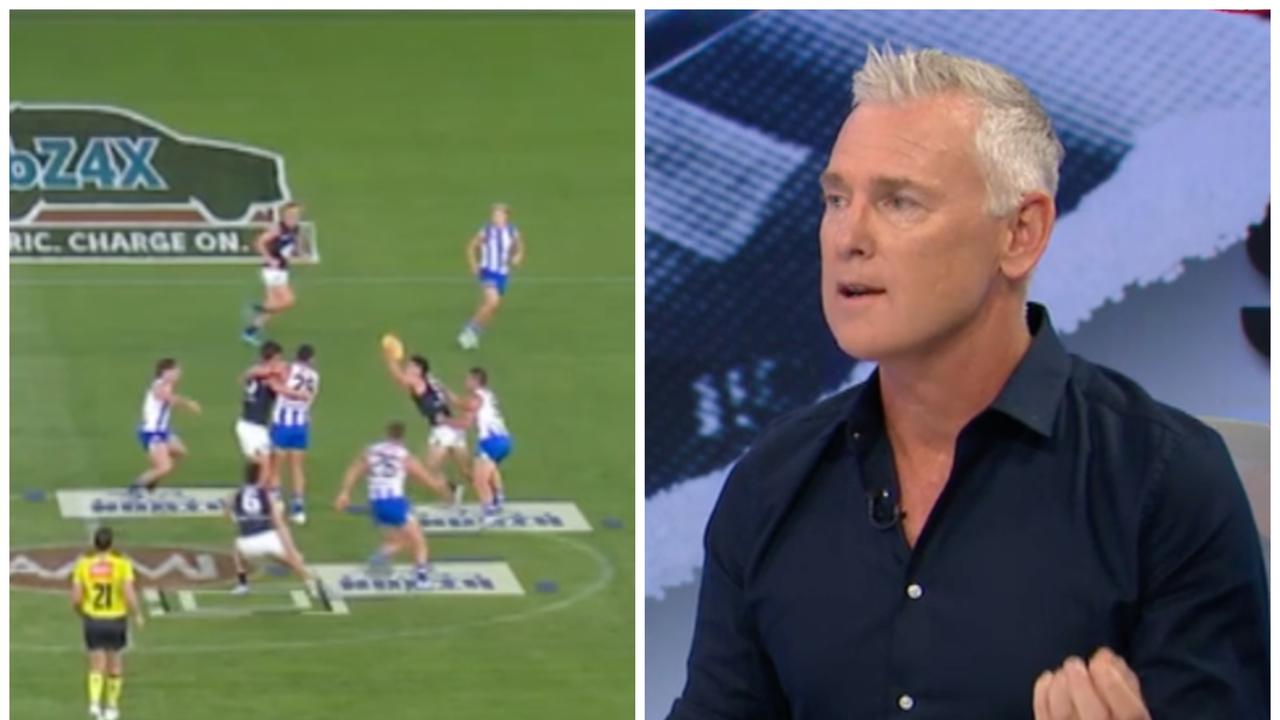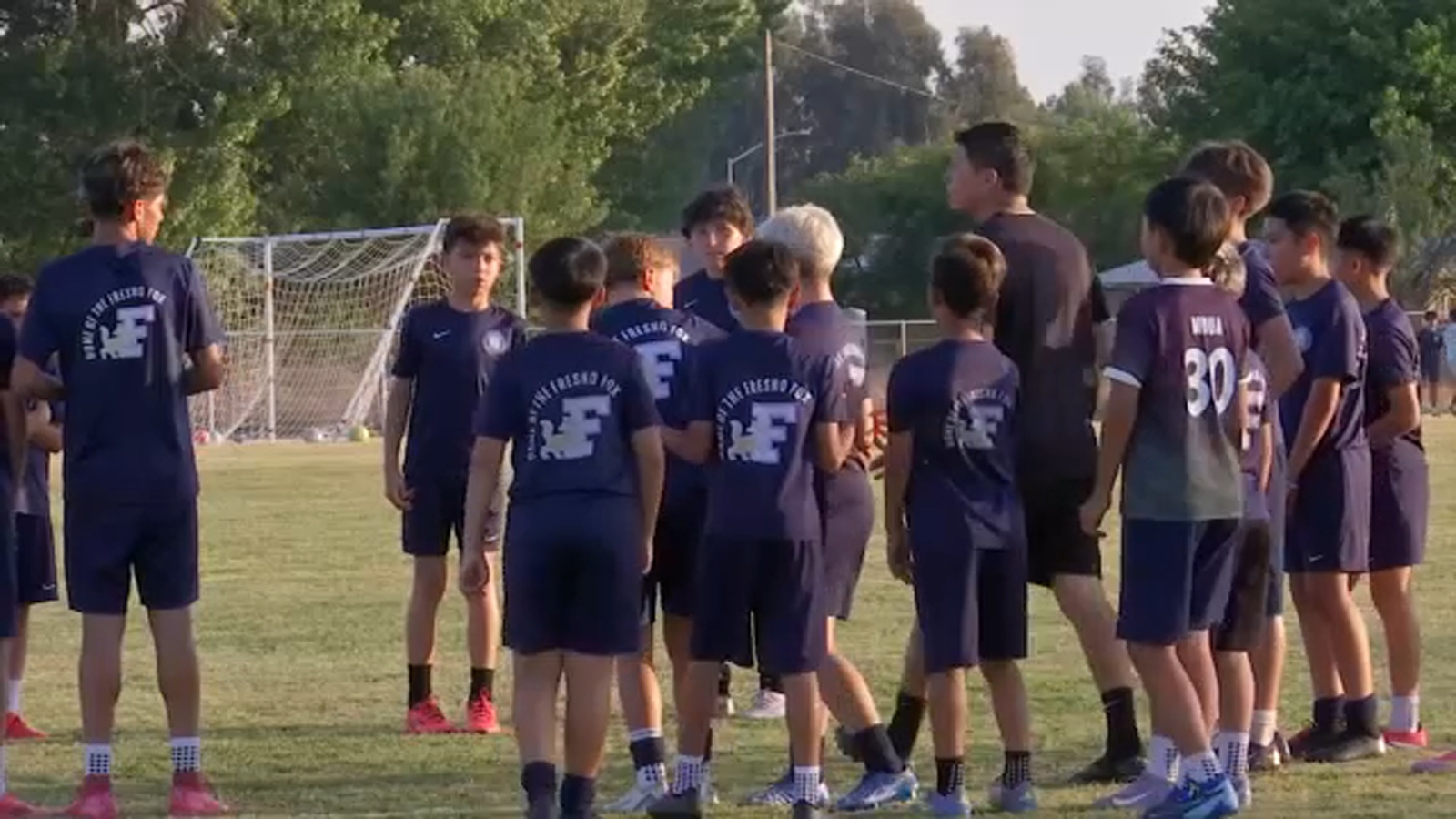Aussie Rules Football is always changing, and it can be hard to get a grasp of the tactical side of the game for the average viewer. You’ll often hear heaps of complex statistics bandied around which can be tough to make sense of. Adam Simpson and John Longmire’s coaching masterclasses on AFL 360 have become must-watch television.
FOX FOOTY, available on Kayo Sports, is the only place to watch every match of every round in the 2025 Toyota AFL Premiership Season LIVE in 4K, with no ad-breaks during play. New to Kayo? Get your first month for just $1. Limited-time offer.

On Wednesday’s episode of AFL 360, Simpson highlighted how the centre bounce has changed in recent times. “The centre bounces have changed, the evolution of the centre bounce in recent times has changed,” he began. “As early as five or six years ago, it was more about protecting space and running patterns and since then, the rucks have gone into a different mode, and it’s become more one-on-one and stoppage coaches or midfield coaches are just working on craft now and the ability to hit it to advantage is less on the fly and more to a one-on-one.
What the other two pairs do around it is the next phase of the centre bounce.” Former Swans coach John Longmire added: “About 18 months ago the rucks were allowed to come in and take each other’s space whereas before then, you really had to face off against each other and the high-leaping ruckman had more of an advantage and they could hit it to wherever they want.” Longmire pointed to the battle between Tristan Xerri and Brodie Grundy earlier this season, as an example of how the centre bounce ruck craft has changed.
“They really turned it into a ball up, so the bigger guys just stand there and really step over the line and take each other’s space and generally hit it to the same spot,” he said. Simpson’s first clip of vision dissected a centre bounce between North Melbourne and Carlton on Good Friday. In the clip, the two rucks are going head-to-head and there are three separate pairs of midfielders, meaning there are four one-on-ones at the centre bounce.
“What North do here which is interesting, they leave their direct opponents to help support the contest and I found it really difficult to teach the older players, so (Luke) Parker here, and the younger players, (George) Wardlaw, the art of the centre bounce, about controlling space and controlling your opponent,” Simpson highlighted. “They get sucked into the contest, the play continues, and it goes from inside to out, they get sucked into that contest..
. and they get beaten out the front. “That happens a lot, especially with the older midfielders and the younger midfielders, so the ability to stay on your man, to stay craft driven, is critical.
” Simpson’s next clip analysed Melbourne and Fremantle, where the Dees were a dominant force at the centre bounce all afternoon. The Dees were +9 in centre clearances, +5 in total clearances and +18 in contested possessions. Put simply, they were hungrier at the coalface.
Captain Max Gawn also had a big day out in the ruck, recording 28 disposals,12 score involvements and ten clearances. Fremantle ruck Sean Darcy was no match for the seven-time All-Australian. “He spent the whole day hitting it to the forward target, let the talent take over.
.. their MO at the moment is to shape out the front, they were doing this pre-season and they continue to do it,” Simpson continued.
“I know it hasn’t worked greatly for them in recent times, but they’ve been doing this a lot, so every hit-out is forward of the contest.” Melbourne hard nut Jack Viney played a defensive role on Fremantle star Caleb Serong, which is rare at a centre bounce set up, according to Simpson. To combat that, Fremantle shifted Serong into Gawn’s ‘hit zone’, which meant Viney followed him.
“Serong is now standing in the hit zone...
you see the two supporting midfielders trying to hold space,” Simpson added. Rather than adapting to Fremantle’s change in set up, Gawn simply backed Viney in to get the job done. When Serong did get a clearance playing that role, it was to limited effect.
“Fremantle did a really good job of holding out space, the problem for Fremantle is that clearance is now behind centre and it’s a shallow entry and it’s a poor exit,” Simpson said. Simpson’s next segment showed Serong trying to rove Gawn’s ruckwork on the fly. “We see Serong try and pick this off now because they all know where it’s going, so he gets on the fly, overcooks it, comes out the front still and Viney gets the pounce on the ball and the shape continues to come out of the middle,” Simpson said.
“It’s come now to hit it to a one-on-one and it comes down to craft and who can support that craft and your positioning around it, that’s the modern centre bounce game at the moment.”.
Sports

‘Comes down to craft’: AFL coaching great breaks down the art of the centre bounce in modern era

Aussie Rules Football is always changing, and it can be hard to get a grasp of the tactical side of the game for the average viewer.















